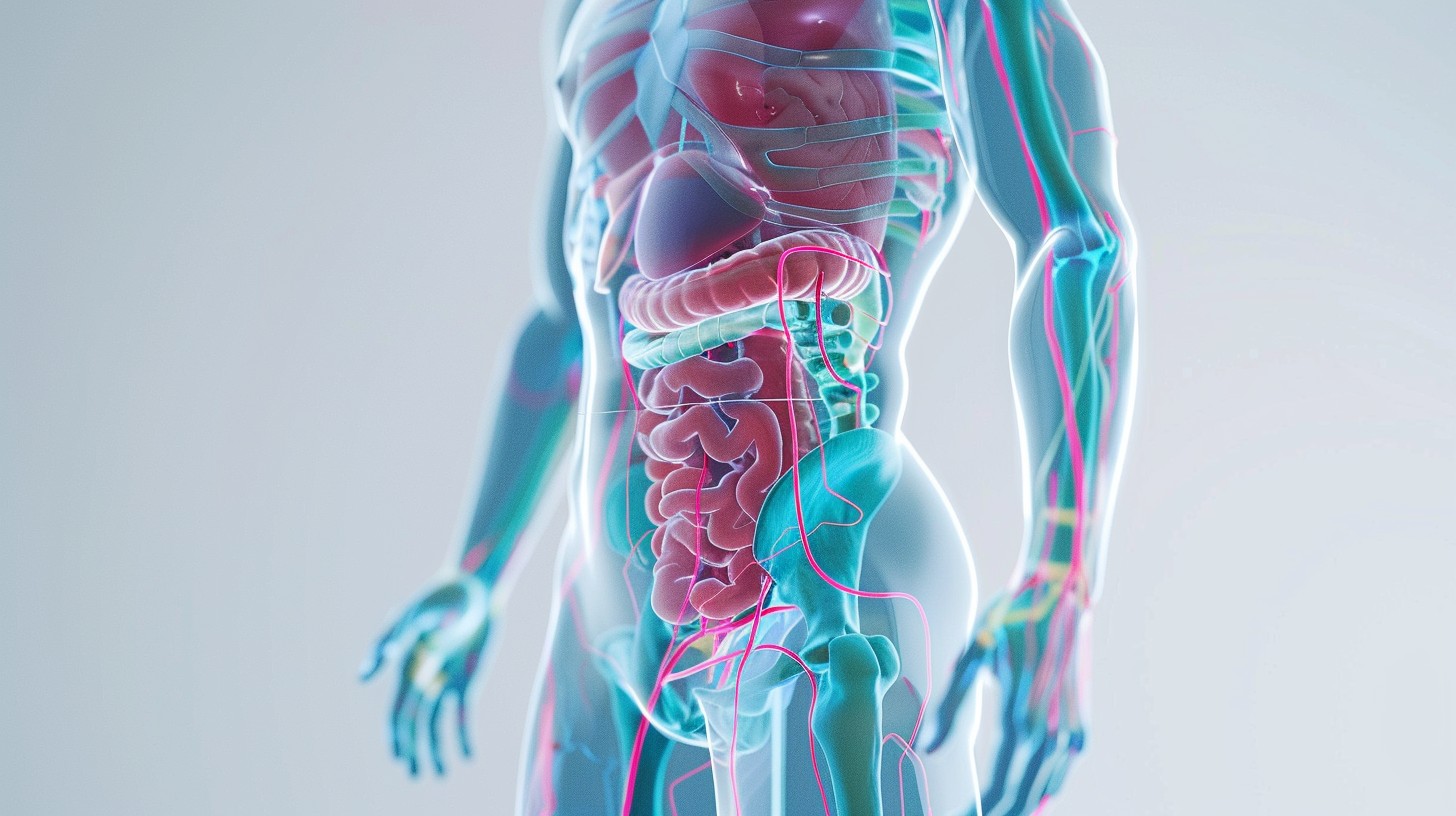What is Animal-Assisted Therapy?
Animal-Assisted Therapy (AAT) is a unique therapeutic technique that involves the incorporation of animals, typically dogs, cats, horses, or other domesticated animals, into the treatment process to improve mental health and assist healing. This type of therapy is goal-oriented, with the involvement of animals serving the specific purpose of achieving that therapeutic goal.
The sessions are facilitated by trained therapists who work alongside animals, often with the assistance of handlers, to address the unique needs of the individual. Dogs are the most commonly used animals in AAT, but other species, such as horses, cats, and even birds, may be employed depending on the therapeutic goals and preferences of the client.
What are the Benefits of Animal-Assisted Therapy?
Reduced Blood Pressure:
Interacting with animals has been associated with lower blood pressure and a reduced heart rate. The calming and soothing presence of animals is linked to a decrease in cortisol, which can contribute to a decrease in hypertension and stress-related cardiovascular issues.
Pain Management:
Animal-assisted therapy has been shown to alleviate pain and discomfort in various medical conditions. The presence of animals and the associated positive emotions can act as a distraction and may contribute to the release of endorphins, the body’s natural painkillers.
Stress Reduction:
Spending time with animals, such as petting or playing with them, can lead to a reduction in cortisol and trigger the release of oxytocin. This has been linked to a reduction in anxiety and stress levels. The calming effect of animals can help individuals feel more relaxed and at ease.
Interacting with animals encourages individuals to be present in the moment, fostering mindfulness. This focus on the immediate experience can help individuals temporarily set aside worries or anxieties about the past or future.
Improved Mood:
Interactions with animals can trigger the release of endorphins, which are neurotransmitters associated with feelings of happiness and well-being. This contributes to an improved mood, reduced anxiety, and an overall sense of well-being. AAT can also aid in alleviating feelings of loneliness and depression and offer a source of joy and comfort. Animals provide unconditional love and non-judgemental companionship, creating a safe space for individuals to express emotions without fear of criticism.
Successfully interacting with animals can boost self-confidence and self-esteem, particularly for individuals who may struggle with feelings of inadequacy or low self-worth.
Social Interactions:
Animals can act as social catalysts, facilitating social interactions and communication among individuals. Therefore, animal-assisted therapy encourages social interaction, as clients often engage with the therapy animal, the therapist, and possibly the animal handler. This can be particularly beneficial for individuals struggling with social anxiety or difficulty in forming connections with others.
Cognitive Stimulation:
The sensory experiences associated with AAT, such as touching, observing, and communicating with animals, can stimulate cognitive functions, including perception, cognition, and sensory processing.
Reduced Cognitive Fatigue:
Spending time with animals can create a calm and safe environment, which can provide individuals with a cognitive break and reduce mental fatigue. This is especially relevant and beneficial for individuals dealing with conditions like anxiety, depression, or other mental health challenges.
Cognitive Stimulation in Aging Populations:
AAT has shown promise in providing cognitive stimulation for older adults. Engaging with animals can enhance cognitive function, such as improved memory and problem-solving, and contribute to a sense of purpose and well-being in the elderly. This is especially pertinent for individuals dealing with cognitive disorders or conditions like dementia.
Who Can Benefit from Animal-Assisted Therapy?
Animal-assisted therapy has a wide range of efficacy in mental health conditions, including but not limited to:
Anxiety Disorders:
Interactions with animals provide a positive distraction from anxious thoughts and worries. Focusing on the animal’s presence, behaviour, and needs can divert attention away from anxious thoughts. The presence of the animal can help alleviate symptoms of anxiety by creating a calming environment that promotes relaxation. It also stimulates endorphins, which counteract stress hormones, leading to a calming effect.
Depression:
Depression often comes with feelings of isolation and loneliness. The companionship of therapy animals can combat feelings of isolation and sadness.
The positive experiences and emotional connections formed through animal-assisted therapy can contribute to an overall improvement in the individual’s quality of life. This may include enhanced well-being, increased self-esteem, and a more positive outlook on life.
Post-Traumatic Stress Disorder (PTSD):
AAT has shown promise in assisting individuals with PTSD to regulate their emotions by fostering a sense of security and helping to manage hyperarousal symptoms.
Animal-assisted therapy can also provide a distraction and act as a grounding mechanism for individuals experiencing flashbacks or nightmares. Focusing on the immediate, sensory experience with the animal can help redirect attention away from distressing memories.
Autism Spectrum Disorders:
Children with autism often benefit from AAT, as the structured, predictable, and non-threatening nature of interactions with animals can enhance social and communication skills.
The non-verbal cues of animals can serve as a valuable tool for learning and recognising emotions, thereby helping individuals on the autism spectrum develop a greater understanding of emotions, both their own and those of others.
Many individuals with autism may experience sensory sensitivities. Interacting with animals can provide sensory stimulation, helping individuals develop and improve sensory integration skills.
Substance Abuse Treatment:
AAT is integrated into substance abuse treatment programmes to provide additional support and address underlying emotional issues contributing to addiction. The inclusion of animals in therapy creates a non-judgemental environment where individuals feel safe to express and overcome their urges.










